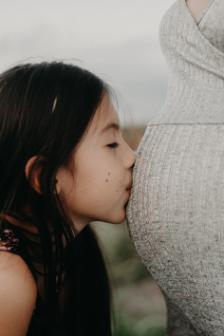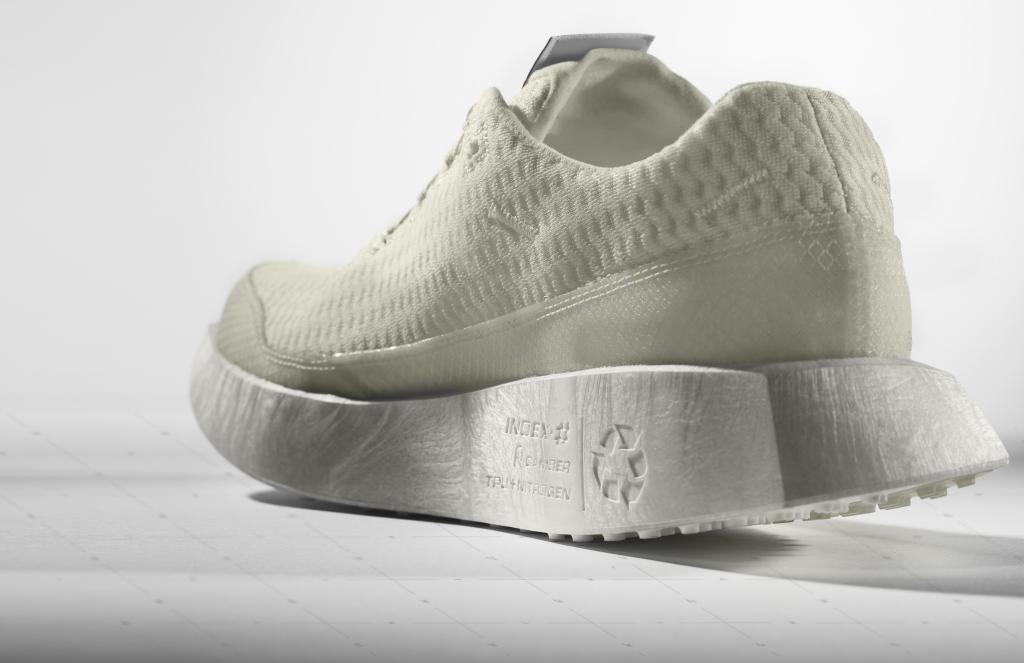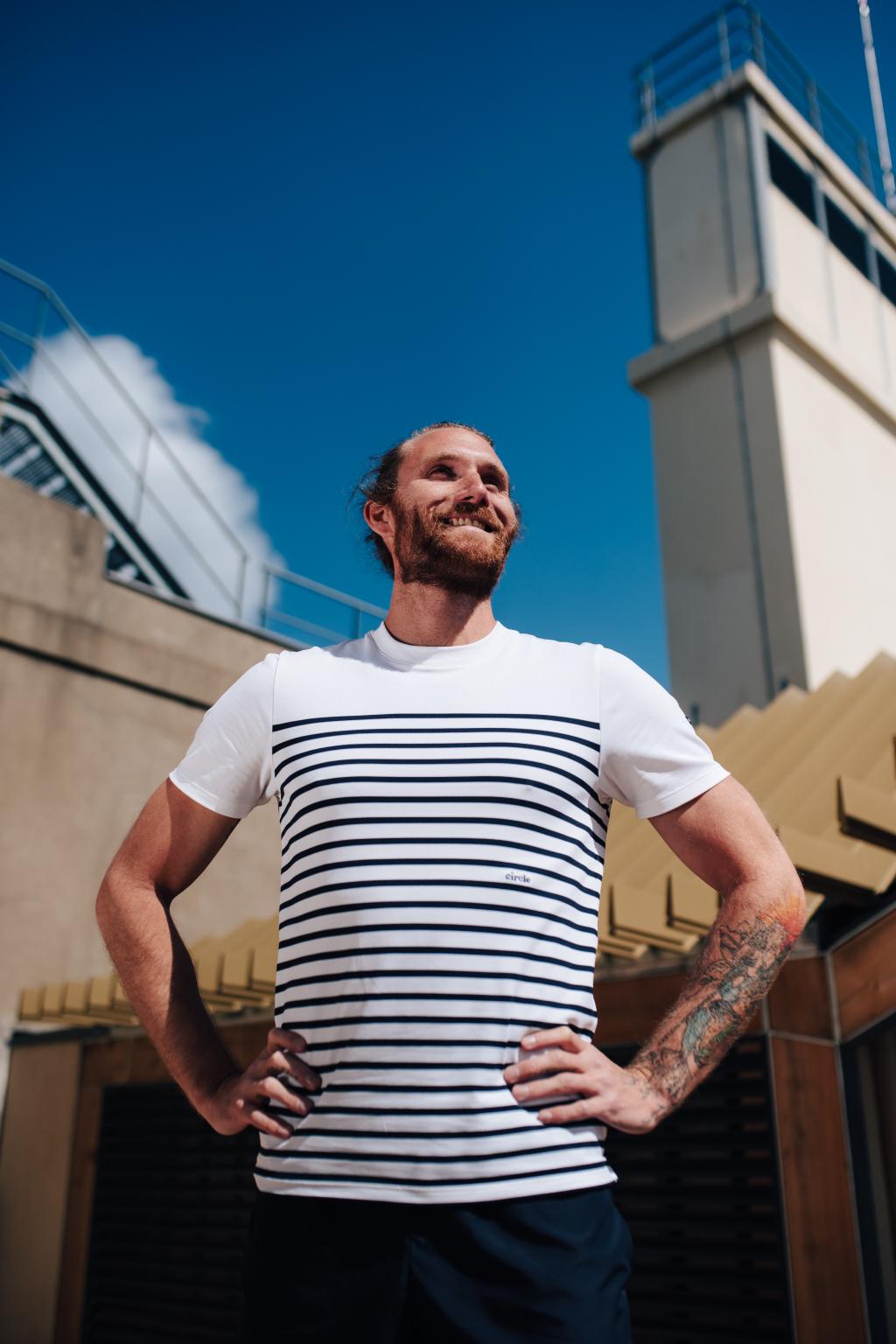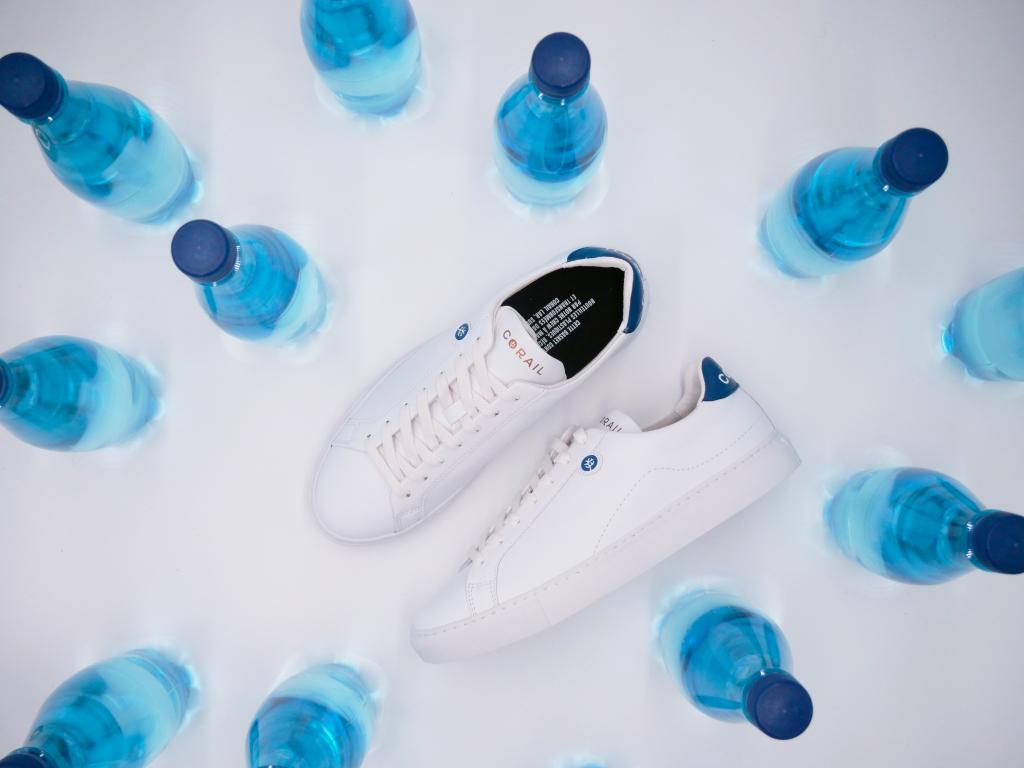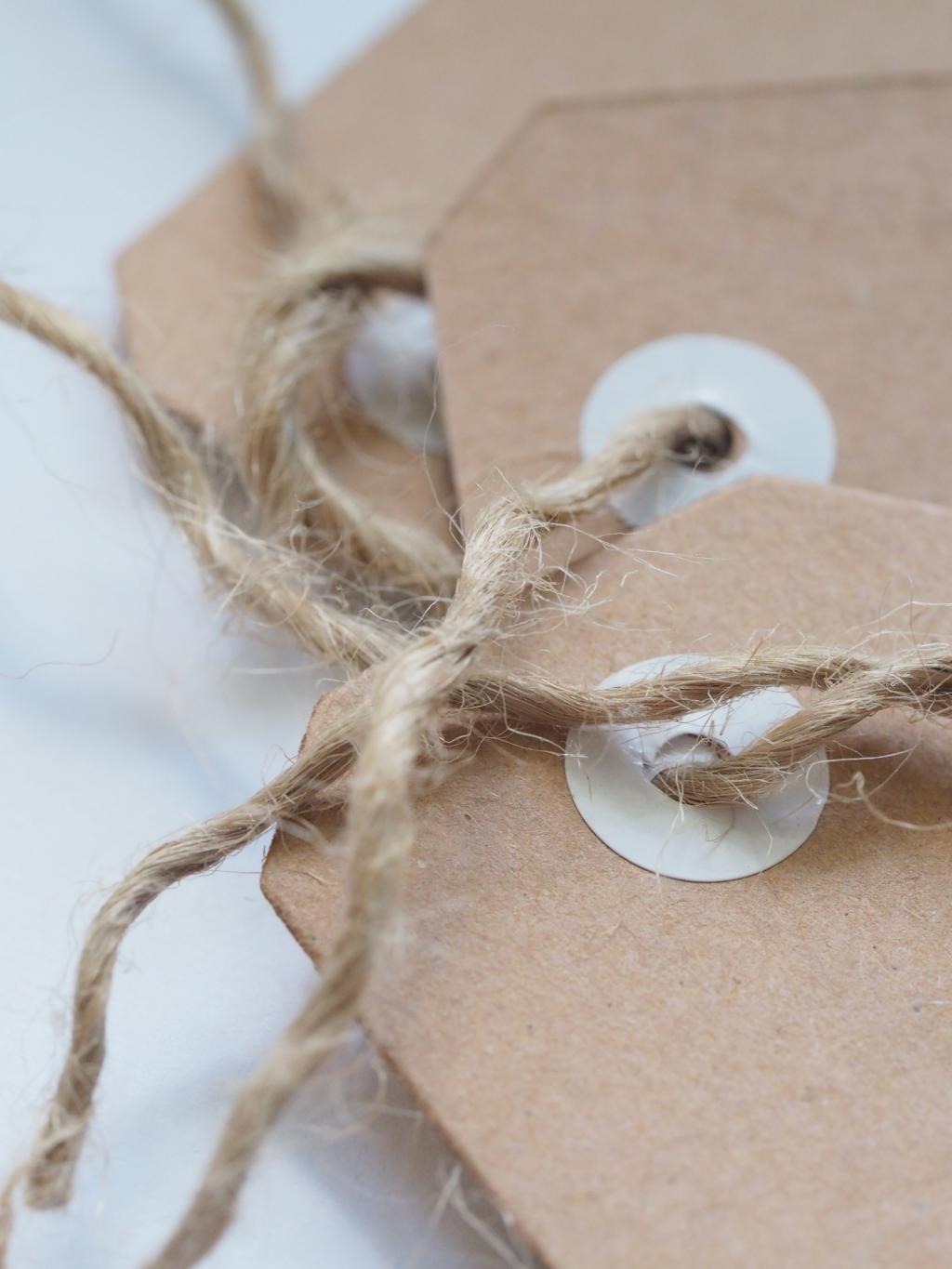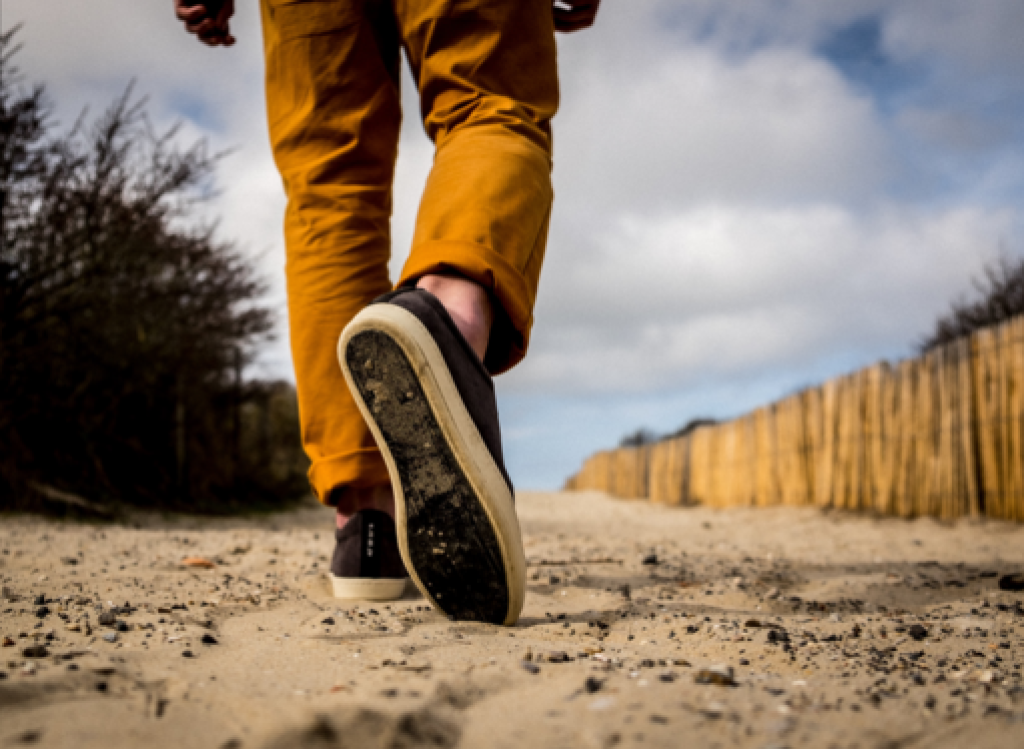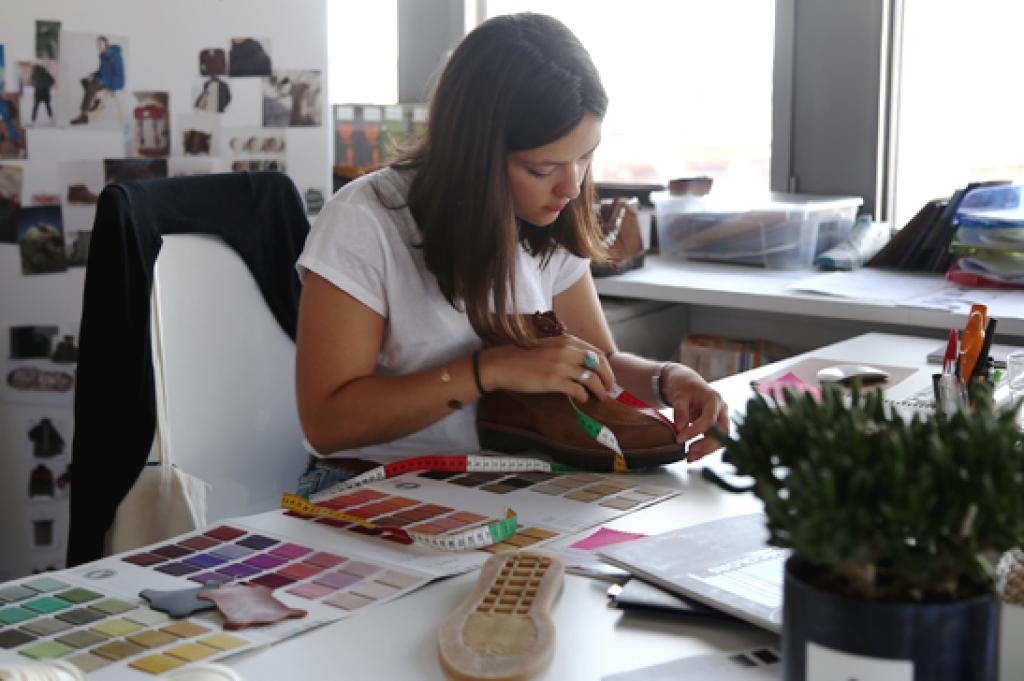Context and description
Eco-design consists in integrating the environment from the design stage of a product or service and during every stage of its life cycle.
To develop an eco-designed product, it is essential to adopt a global approach and examine all of the stages of the life cycle.
It is for this reason that eco-design takes account of the extraction and transformation of raw materials, spinning, weaving,/ knitting, ennobling, manufacturing, distribution, use, care and end-of-life.
It's a global approach, based on compromise, which strives for environmental efficiency at every stage whilst providing an equal performance in relation to a non eco-designed product and whilst integrating budgetary, timeframe and marketing constraints.
